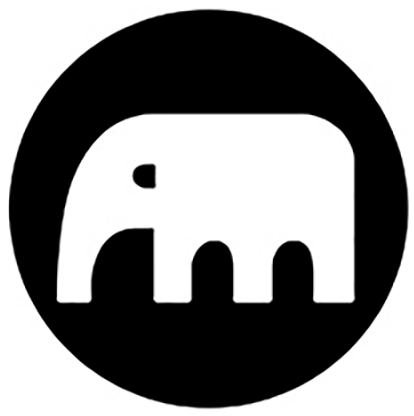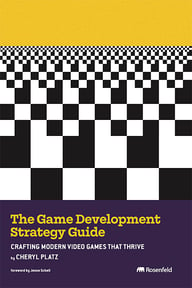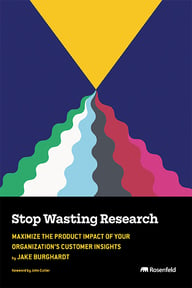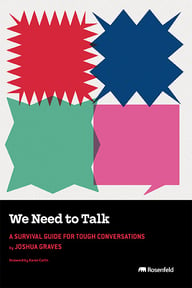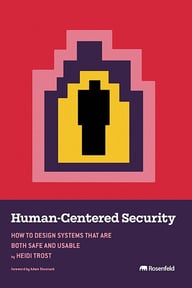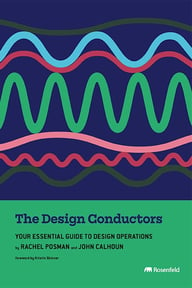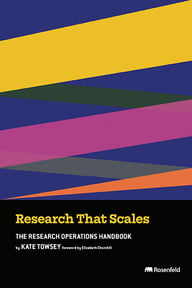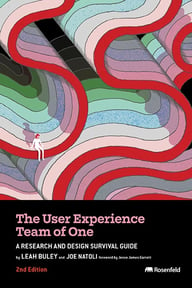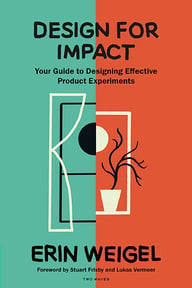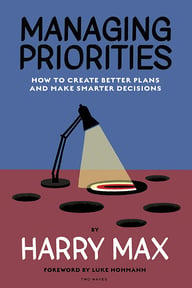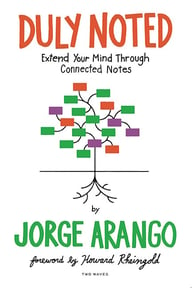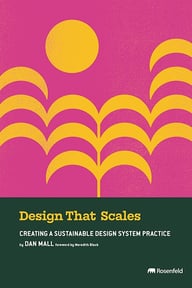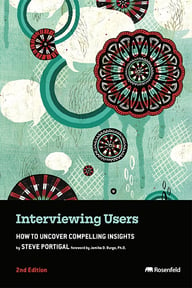Summary
There’s something shifting in our field. Increasingly, design professionals are drawn to work in domains that truly help humanity, rather than building another ‘Uber for X’, to make the rich richer. While this is an expected response to recent world events, the reality of doing such impactful work is full of obstacles. Spanton will draw on 12+ years of UX design in healthcare to share some experiences and strategies, helping you anticipate and navigate predictable obstacles, so that you can apply your skills toward solving meaningful problems and realizing your goal of a truly impactful career. The talk will cover: 5 common obstacles 3 coping mechanisms 1 big bag of hope and determination to create lasting meaningful impact
Key Insights
-
•
Working in meaningful impact domains often involves heavy regulatory constraints that are more complex and far-reaching than initially apparent.
-
•
Medical product standards, like Australia’s on-screen medication guidelines, are thoughtfully designed to prevent fatal errors and serve as crucial safety tools.
-
•
The mantra “don’t kill grandma” encapsulates the ethical imperative behind regulated healthcare design: preserving life and safety above innovation speed.
-
•
Large-scale impactful products are inherently complex, making quick fixes or simple solutions rare and slow to ship.
-
•
Scope decisions in complex projects, such as Canada's COVID exposure app, can unintentionally exclude vulnerable populations, undermining intended impact.
-
•
Meaningful work in sensitive domains demands utmost respect for users’ dignity, privacy, and emotional state, influencing every design detail.
-
•
The familiar startup motto “move fast and break things” is often inappropriate and harmful in healthcare and other sensitive fields.
-
•
Seeking smaller, quicker projects that avoid most obstacles can boost team morale and sustain motivation for longer, slower initiatives.
-
•
Direct connection with end users, such as site visits to cancer centers, revitalizes teams with empathy and real-world insight.
-
•
Anchoring work in a core meaningful purpose—whether a corporate vision, a symbolic detail like a Periwinkle carpet, or the ethical mantra—provides resilience amid challenges.
Notable Quotes
"I still kind of pause in my tracks when I see our corporate vision: a world without fear of cancer."
"Don’t kill grandma is our mantra reminding us the stakes of the tiny design details we face every day."
"Regulations aren’t obstacles to dismiss but tools to respect and embrace that help us protect grandma."
"Quick fixes rarely exist in these domains because beneath every problem are layers of complexity."
"The scoping of Canada’s COVID app protected people with new phones, but left vulnerable populations unserved."
"Working in healthcare means every tiny moment in a patient’s experience can either uphold or erode their dignity and sense of control."
"Move fast and break things doesn’t work when you’re designing for cancer patients or disaster victims."
"Shipping smaller, less complex side projects helps build team morale and energizes us for the big slow work."
"Site visits with users don’t just give actionable insight; they give us raw, humbling inspiration to keep going."
"You need to find your own mattress—a grounding purpose or phrase—that you can rely on when progress feels hopeless."
Or choose a question:







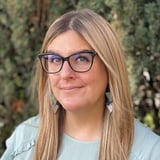








More Videos

"I didn’t understand the people who would be using it, so it was not received well and shut down quickly."
Matt StoneScaling Empathy, A Case Study in Change Management
June 11, 2021

"This work does not fit our product program."
Aditi Ruiz Christian Crumlish Farid SabitovA PM State of Mind: Empathy Mapping Your Product Manager, Pt. 1
December 6, 2022

"Design Ops is going to have to deal with Product Ops, and figuring out that relationship will be a big deal."
Dave Malouf Meredith Black Farid SabitovThe Past, Present, and Future of DesignOps: a 2-part DesignOps Community Call (Part 1)
February 17, 2022

"If you’re rewarding designers for delivering on time, great, but if you reward them for delivering accessible products on time, you’ll get better results."
Sheri Byrne-HaberAccessibility at Scale
June 9, 2021

"Participatory research feels more like improv, not a scripted play; you don't know where the session will go, which is exciting."
Nidhi Singh Rathore Amber DavisEmbracing participation to unlock deeper truths in commercial research
March 12, 2025

"For early career UXers, compassion could be as simple as expressing gratitude for help."
Laine Riley ProkayHow DesignOps can Drive Inclusive Career Ladders for All
September 30, 2021

"The whole give yourself an oxygen mask before helping others metaphor is very true here."
Ariba JahanTeam Resiliency Through a Pandemic
January 8, 2024

"From an engineer's perspective, we don't have to talk about the engineering but talk about the value, including usability, and that is what builds trust."
Noreen Whysel Katie SaindonShort Take #4: UX/Product Lessons from Your Industry Peers
December 6, 2022

"Helper texts appear when hovering on unfamiliar features, explaining what buttons or controls do."
Rittika BasuAge and Interfaces: Equipping Older Adults with Technological Tools
February 23, 2023
